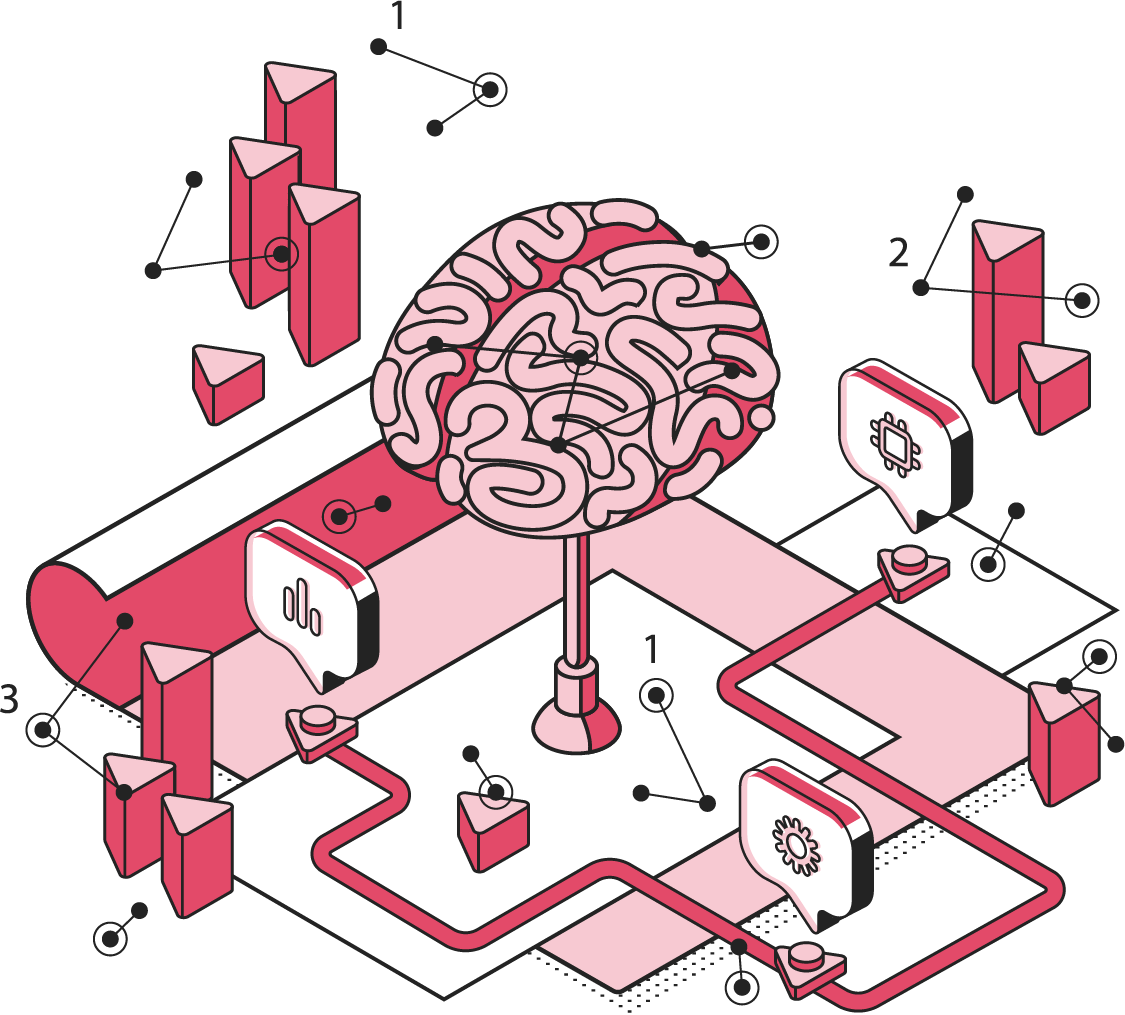The GLS Legal Operations Centre
The ultimate in-house legal department resource stack
Back
Strategic Planning
What Is It
Strategic Planning is the legal department’s mechanism for aligning its priorities, resources, and capabilities with the evolving goals of the business. It is the process by which Legal defines where it is going, why it matters, and how it will get there - across both short-term execution and long-term transformation.
Legal teams are increasingly expected to operate as strategic partners, not reactive service providers. But without a clear plan, even the most capable legal function will struggle to deliver consistent value. Strategic Planning ensures that Legal is not just busy - it’s busy with purpose.
This station is about intentionality. It forces legal leaders to ask: What does the business need from us in the next 12–24 months? What risks must we manage? What opportunities can we enable? What capabilities must we build? And how do we measure success?
Critically, Strategic Planning must operate on two levels:
◼️A long-term horizon (typically 12–36 months) that sets direction and ambition.
◼️A rolling 100-day plan that drives execution, accountability, and agility.
Together, these layers ensure that Legal remains focused, responsive, and aligned - even as business conditions change.
Scope
◼️Vision & Mission Definition – Clarifying Legal’s role in enabling business success.
◼️Priority Setting – Identifying the legal initiatives that matter most to the business.
◼️Rolling 100-Day Plans – Tactical execution cycles that drive momentum and accountability.
◼️Resource Alignment – Matching people, budget, and tech to strategic goals.
◼️Risk Forecasting – Anticipating legal and regulatory developments that may impact the business.
◼️Stakeholder Engagement – Collaborating with business lead
Resource Status
In GLS legal ops speak – the Strategic Planning is considered a “Foundational” resource within the process ecosystem of an in-house legal team.
The Foundational Resource is a CRE that is responsible for determining the overall performance capabilities of a “critical” legal function. If it is not optimised, the function can never be optimised.
Best Practice Features
The best practice features of the GLP are as follows:
◼️Dual Horizon Planning – Combining long-term strategy with short-term execution.
◼️Rolling 100-Day Plans – Agile cycles that maintain momentum and adaptability.
◼️Cross-Functional Input – Engaging business, finance, IT, and compliance in planning.
◼️Clear Strategic Objectives – Defined goals linked to business outcomes.
◼️Resource Mapping – Aligning team capacity, budget, and tools to priorities.
◼️Risk-Responsive Planning – Adjusting strategy based on emerging threats and opportunities.
◼️Performance Tracking – Monitoring progress against KPIs and milestones.
◼️Leadership Sponsorship – Senior buy-in and visibility for strategic initiatives.
◼️Scenario Planning Capability – Testing legal readiness under different business conditions.
◼️Embedded Review Cadence – Monthly or quarterly checkpoints to refresh priorities and execution plans.
Business Value
The Strategic Planning station delivers the following value to the Business:
◼️Faster Legal Support – Legal focuses on what matters most to the business, reducing delays and bottlenecks.
◼️Lower Legal Spend – Resources are allocated strategically, avoiding waste and duplication.
◼️Improved Risk Management – Legal anticipates and prepares for emerging threats, reducing exposure.
◼️Better Strategic Alignment – Legal becomes a proactive enabler of business goals, not just a reactive service.
◼️Increased Agility – Legal adapts quickly to changing priorities, market conditions, and regulatory shifts.
◼️Enhanced Stakeholder Confidence – Business leaders see Legal as a forward-looking, value-adding function.
◼️Stronger Investment Cases – Strategic clarity supports funding for legal initiatives and transformation.
◼️Accelerated Deal Velocity – Legal clears the path for commercial execution by aligning priorities with business timelines.
Legal Department Value
Strategic Planning gives legal teams clarity, control, and cohesion. It helps avoid burnout, duplication, and misalignment. It enables legal leaders to make informed decisions about where to invest time, money, and effort - and where to say no.
It also supports:
◼️Team Morale & Focus – Lawyers know what matters and why.
◼️Performance Management – Goals are defined, tracked, and celebrated.
◼️Transformation Enablement – Change efforts are sequenced and resourced.
◼️Talent Development – Strategic goals inform training and career paths.
◼️Cross-Team Collaboration – Shared priorities foster alignment across jurisdictions and functions.
◼️Knowledge Retention – Strategic planning documents institutional memory and decision logic.
◼️Legal Ops Integration – Legal operations teams execute against a clear strategic mandate.
Who Needs It
The Strategic Planning station is essential for:
◼️Legal departments of all sizes
◼️Legal operations teams
◼️General Counsel and Heads of Legal
◼️Legal tech and innovation leads
◼️Compliance and risk management teams
Productivity Consequences
A legal team operating without a Strategic Planning capability will face a wide range of inefficiencies including:
◼️Misaligned Priorities – Legal works on tasks that don’t support business goals.
◼️Poor Resource Allocation – Time and budget are spent without strategic justification.
◼️Low Stakeholder Confidence – Business leaders see Legal as reactive and disconnected.
◼️Transformation Drift – Change efforts lack direction and coherence.
◼️Burnout & Attrition – Teams are overwhelmed by unprioritised demand.
◼️Missed Opportunities – Legal fails to support key commercial initiatives in time.
◼️Inconsistent Performance – No shared goals or metrics to guide delivery.
◼️Budgeting Challenges – No strategic rationale for spend requests or headcount growth.
Tech Implication
This station leverages technology. Planning tools, dashboards, and performance tracking platforms support execution and reporting. Strategic Planning also informs the Legal Tech Agenda, ensuring that tech investments align with strategic goals.
Legal ops teams may use:
◼️Project Management Platforms – To track initiatives and milestones.
◼️Analytics Dashboards – To monitor KPIs and performance trends.
◼️Collaboration Tools – To engage stakeholders and share plans.
◼️Scenario Planning Software – To model legal readiness under different business conditions.

The GLS Legal Operations Centre
Register to access your complimentary Day 1 Resource Stack packed with legal team performance resources.

GLS Ultimate Guide To Legal Operations
Download this and read it thoroughly and regularly. It is a wonderful transformation companion.

Book A No-Obligation Consultation
If you would like discuss your legal transformation needs, please book a 30 minute free consultation with us.

GLS Legal Transformation Boot Camp
Our hugely successful, 10-week long, email-based boot camp on how to effectively transform your legal team.




